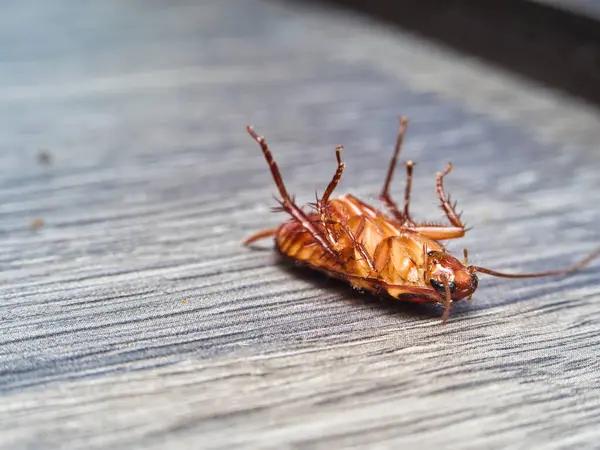Understanding the Lifecycle of Fleas: A Sydney Perspective

Fleas are a common pest that can be found in homes and on pets all around the world, including Sydney. These tiny insects are known for their ability to jump long distances and feed on the blood of their hosts. Understanding the lifecycle of fleas is important for controlling infestations and keeping your home and pets safe.
The lifecycle of a flea consists of four stages: egg, larva, pupa, and adult. Fleas begin their life cycle as eggs laid by adult female fleas on their host or in the environment. The eggs are small, white, and oval-shaped, making them difficult to see with the naked eye. In warm and humid conditions, such as those found in Sydney during the summer months, flea eggs can hatch within 1-10 days.
Once hatched, flea larvae emerge from the eggs and begin feeding on organic matter found in their environment, such as skin cells or debris. They are small (about 1-2 mm long), worm-like creatures that avoid light and prefer dark places like carpets, bedding, or cracks in floors. Flea larvae go through three molting stages before spinning cocoons to enter the pupal stage.
During the pupal stage, fleas undergo metamorphosis inside their protective cocoon. This stage can last anywhere from a few days to several months depending on environmental conditions like temperature and humidity levels. Adult fleas will only emerge from their cocoons when they detect vibrations or carbon dioxide indicating a potential host nearby.
Once emerged from their cocoons as adults, fleas will immediately seek out a host for blood meals to reproduce. Female fleas can lay up to 50 eggs per day once they have fed on blood from a host animal like dogs or cats. This rapid reproduction cycle allows flea populations to grow quickly if left unchecked.
To control flea infestations in your home or on your pets in Sydney, it is essential to understand their lifecycle and take preventative measures accordingly. Regularly vacuuming carpets and furniture where flea larvae may be hiding can help reduce populations indoors. Additionally, treating pets with veterinarian-approved flea prevention products can prevent infestations before they occur.
In conclusion, understanding the lifecycle of fleas is crucial for effective FLEA PEST CONTROL SYDNEY homes with pets at risk of infestation. By knowing how these tiny insects develop from egg to adult stage and taking proactive steps to prevent infestations before they occur can help keep your home safe for both you and your furry friends.






